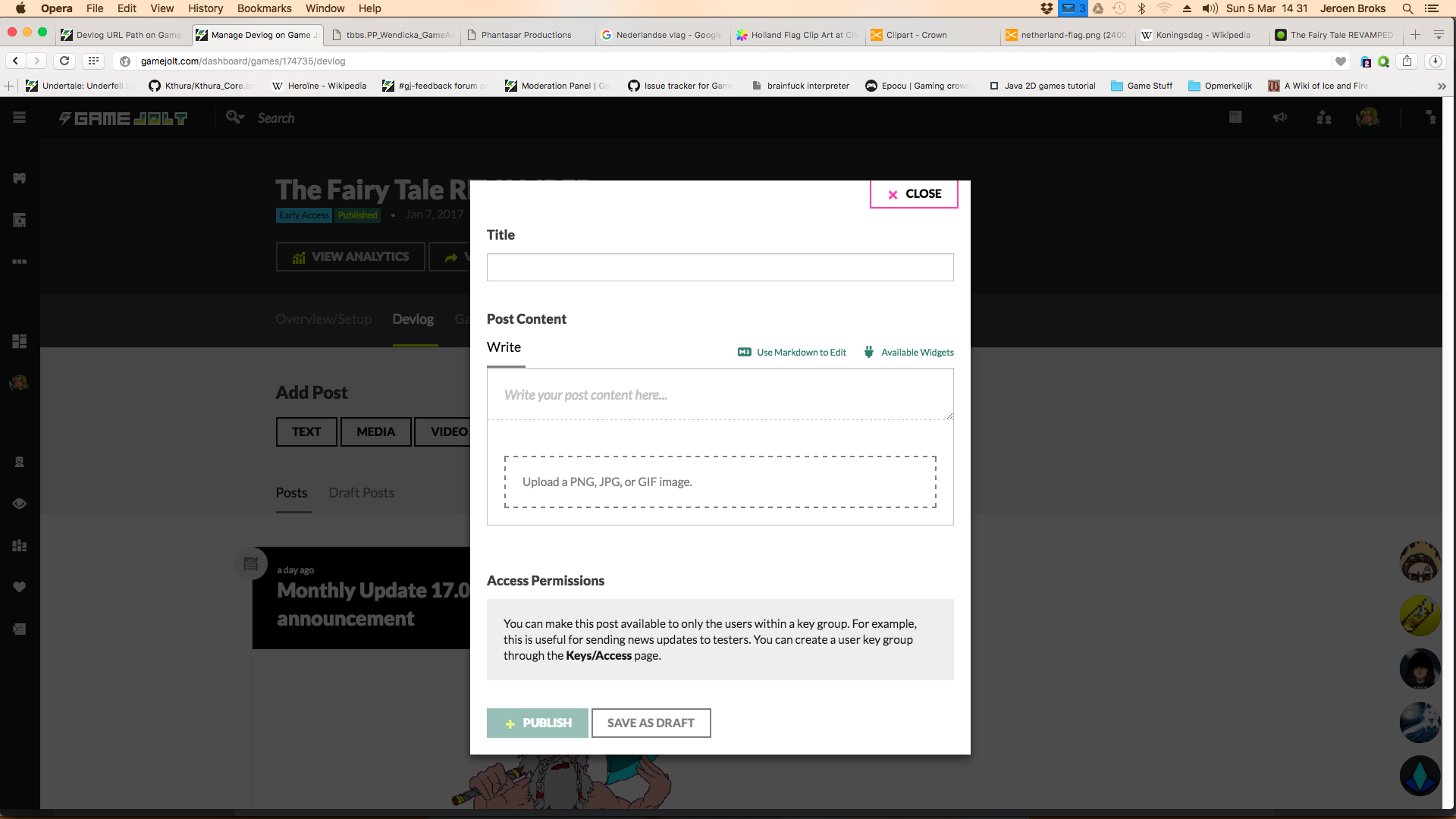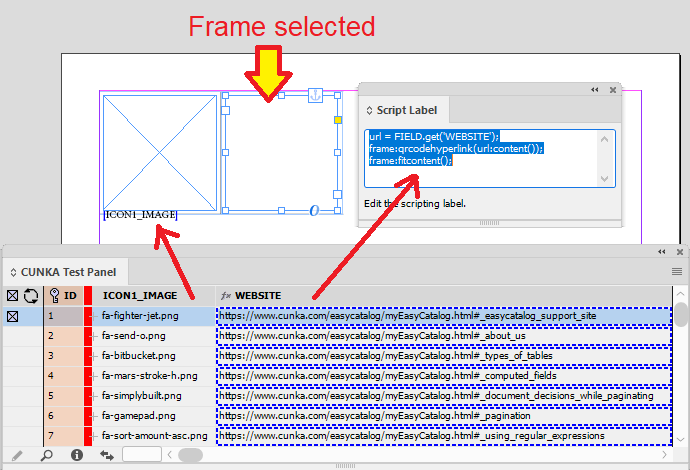

More importantly, such a system must make use of the satellite image pixel-based time series data compositing to minimize cloud, haze and other atmospheric artefacts that severely limit Landsat and other medium-resolution optical satellite data. Progress has been made by the Global Forest Change program, and recent initiatives such as mapping of annual deforestation rate using Landsat data in the Congo basin, Sumatra, Colombia and Peru are also notable in this context. Although operational monitoring of deforestation is reasonably possible with medium resolution remote sensing data such as Landsat, as evidenced from the Brazilian government’s program, establishing such a scheme at global scale is still underway. This data limitation problem has been heavily reported and continues to be discussed. Moreover, spatial infrastructure, data access and technological expertise are key determinants of remote sensing capacity in countries within the tropics. However, the REDD+ projects are often located in the humid tropics where a number of prevalent atmospheric and ground conditions, such as cloud cover, haze and uneven topography, often disrupt a satellite sensor’s ability to provide high quality observations of the land surface. The role of remote sensing in measuring and monitoring forest area, and assessing its structural and functional attributes, has been well documented. The UNFCCC in its Warsaw Framework for REDD+ specifies that such national forest monitoring systems “should provide data and information that are transparent, consistent over time, and are suitable for measuring, reporting and verifying anthropogenic forest-related emissions by sources and removals by sinks, forest carbon stocks, and forest carbon stock and forest area change”. A consistent system that works across scales is therefore important for operationalizing REDD+, ensuring no displacement in the emission, and also to avoid potential double counting issues. REDD+ intends to follow a hierarchical nested approach where project, subnational, and national initiatives contribute to the reduction in emission from deforestation and degradation. They are synonymous, as long as they are reported as greenhouse gas emissions in units of tons equivalent to CO 2 (tCO 2e). It is noted here that the United Nations Framework Convention on Climate Change (UNFCCC) and the World Bank’s Forest Carbon Partnership Facility (FCPF) use the term REL, while the Verified Carbon Standard (VCS) applies the term baseline. Unlike many previous conservation efforts, REDD+ is constructed on the principles of additionality against a baseline or reference emission level (REL), with no displacement of emissions to neighboring areas (leakage). Reducing emissions from deforestation and forest degradation, and enhancing the carbon stocks (REDD+), remains a key strategy for mitigating climate change. We test this framework on tropical forests of the Colombian Pacific Coast (Chocó) – one of the cloudiest regions on Earth, with successful comparison to the Colombian government’s deforestation map and a global deforestation map. This approach can readily be implemented by single operators with highly constrained budgets. A synthesized satellite-based data set of forest cover was thereby created, reducing image incompleteness caused by clouds, shadows or sensor errors. Critically, the fractional cover of forest photosynthetic vegetation, non-photosynthetic vegetation, and bare substrates calculated by CLASlite provided scene-invariant quantities for forest cover, allowing for systematic mosaicking of incomplete satellite data coverage. The CLASlite approach provided highly automated mapping of tropical forest cover, deforestation and degradation from Landsat satellite imagery.
Url path image easycatalog free#
Here we present a framework for large-scale historical forest cover change analysis using free multispectral satellite imagery in an extremely cloudy tropical forest region.

Cloud cover, sensor errors and technical barriers associated with satellite remote sensing data continue to prevent many national and sub-national REDD+ initiatives from developing their reference deforestation and forest degradation emission levels.

Conservation and monitoring of tropical forests requires accurate information on their extent and change dynamics.


 0 kommentar(er)
0 kommentar(er)
